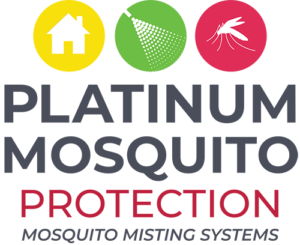
How much blood1 does it take to raise a million mosquitos in the laboratory?
The American Red Cross estimates that someone in the United States needs blood every two seconds. Many of us donate it, but only about 38% of the population is eligible to do so. Blood is in short supply, and it’s perishable. Platelets, for example, must be used within five days.
Human blood is not much different than that of other animals in terms of it not having much of a shelf life – which is why a group of biologists is searching for blood solutions that will help battle the diseases spread by mosquitos. They needed to figure out a way to feed the pests they were raising for experiments. It couldn’t be human blood. Blood drawn from farm animals might work – even though it’s perishable – but from a scientific perspective, there were too many variables. What if Sheep A had more of this particular chemical in its blood than Cow B?
What the researchers needed was something they could quickly create that always had the same characteristics. Because human blood was perishable, they needed fake blood. The thing is, mosquitos are particular with what they eat – and they have to be gluttonous about it in order to successfully produce healthy eggs. So, even if scientists artificially produced the blood to be uniform, to help with scientific baselines, the fake blood would have to be just as good as the real thing.
Can mosquitos become pesticide resistant?
We mostly rely on pesticides for mosquito control. Even the most effective of these pesticides may become obsolete in decades, however, as it’s believed that mosquitos will eventually evolve to resist these substances. Scientists are working on ways to measure and find a solution to mosquito resistance to pesticides and insecticides, but their continuous evolution can bring us closer to future epidemics of the diseases they spread.
For this reason, biologists have been searching for ways to move past mosquito control via external substances. Instead, they’ve turned to the mosquitos themselves. Could there be a way to modify the biology of these insects and remove the harmful consequences of their bite?
What if, for example, they could introduce sterile mosquitos grown in the lab into the wild population? A successful mating could help to reduce the total number of disease-carrying pests. Or, maybe they could infect mosquitos with a bacterium that prevents them from passing on potentially fatal diseases like malaria or yellow fever.
These approaches are underway, but there are challenges, which bring us back to fake blood production. If they’re going to breed the millions of mosquitos it will take to proceed with these new control approaches, they’re going to need blood – and lots of it.
Introducing SkitoSnack
Meet Immo Hansen. He’s a biologist who heads up a team of researchers at New Mexico State University. Hansen and his team set about to formulate a substitute for intravenously-drawn blood from livestock which could be used on-demand and do away with the concern about storage.
The result is a substance they call SkitoSnack, a form of artificial blood made from animal byproducts, which are abundant and inexpensive to obtain from slaughterhouses. The New Mexico State University lab group worked on the recipe until they were successful in using it to raise 20 generations of Aedes aegypti mosquitos.SkitoSnack will help biologists who are looking for ways to battle the spread of mosquito-borne diseases by allowing them to keep their focus on working with the insects, rather than being concerned about a constant supply of fresh blood to feed them. The consistency of this artificial blood also helps with reducing variables.
In case you’re wondering: SkitoSnack might fool mosquitos, but it’s not a suitable substitute for humans. So, if you are able to donate blood, the Red Cross still needs you.
Learn more about our home misting systems and get a free on-site consultation to keep mosquitos and their risk of disease away from your family.
